The Rough Action of Space
A Conversation with Jessie Marshall Zarazaga
I heard about Jessie Marshall Zarazaga’s work through our colleague David Lozano, Artistic Director of Cara Mía in Dallas. He spoke very enthusiastically about her process and is very appreciative of her contributions to every project they do. Her very nuanced and sophisticated sense of space is a real asset to the production, and an opportunity to engage with the audience in a meaningful way. She is a designer and landscape urbanist. Her area of focus as a designer and teacher is the creation of public space, often as the landscape of infrastructure, rather than architecture. I spoke with her recently about her work for our series on Designing Women. —Regina García
Regina García: You are an architect, designer, urbanist. How does theatre fit in your work? Why does it make sense?
Jessie Zarazaga Marshall: I started in theatre. I grew up in Africa and was very involved in the new theatre, political theatre. It was during the time of apartheid and we were living in a front-line state so there was a lot of powerful anti-apartheid theatre, particularly with the crew of the Market Theatre. I was actually in high school at the time, and I was very involved in the local theatre scene. I came to the US to study theatre.
I was designing beyond the stage, beyond the edge of the boundaries. Eventually my advisor started coaching me towards architecture, because I was designing more than the stage—I was willing to design the whole environment. But I also became disillusioned with the professional theatre world that I was being trained for. It was either musicals—it was the late ‘80s/early ‘90s—or it was terribly serious, everyone dressed in black, no scenery, really unhappy kind of stuff. And neither of them was really exciting me, like the political theatre had been.
So I moved into architecture, and eventually urbanism, and it’s a strange thing, because what I retained all the way through was this idea of the roughness, the dirtiness. This is the quality I keep going back to in both my urbanism and theatre work. Keep the real, the dirt, touching the ground. In Peter Brooks’ The Empty Space, he describes it as freer, often truer to the spirit, more instinctive, and more energized. It's the energy of comedy; the energy of revolution, of change, and transformation; and the energy of delight and irresponsibility.
So I hadn’t done a lot of theatre design recently, but I got in touch with David [Lozano] because I had been working on the idea of animating public space with public action rather than building stuff; often public space works or doesn’t work because of the way the public is able to act within it, their movement. And David talked with me about procession, and then he talked me into working with his company.
Regina: How do you see the projects in architecture and theatrical design overlapping and informing one another? Is the process similar?
Jessie: I think I bring the same ambition to both works: to reveal the public’s active life in the city or to reveal the action of the play.
As an urbanist, I look to find the rough, free spirit of place, the spirit of the people, not the exaggerated formal work of the architect. In the theatre, the work of the designer is to frame the action of the play. When the design starts to try to duplicate the action, it weakens its power. I am interested in allowing an audience to better understand the dense, strong power of the play.
I get annoyed when I see designers try to articulate the whole play with their scenery leaving no room for the actors; then you cannot see the performance—you have orange in front of orange.
I get annoyed when I see designers try to articulate the whole play with their scenery leaving no room for the actors; then you cannot see the performance—you have orange in front of orange.
David and his team have very clear points of view on their work. They really have a conceptual vision of the quality is they are trying to create. I can make a tangible frame that makes that quality more visible. And it’s exciting because they are more interested in the quality than merely a particular story.
The word changes the frame as the frame changes the word. In my TED presentation, there was a portion about participation in creating a moment of theatre through a poem, and how the poem’s action altered the space the audience was in. The theatricality of a poem changes the environment just like the environment changes the perception of meaning.
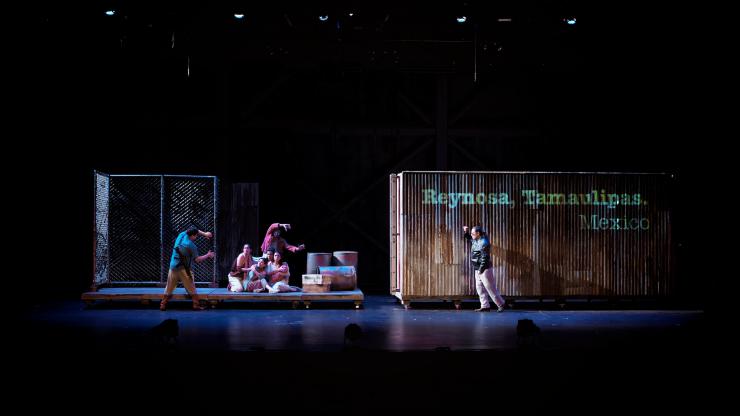
Regina: In regards to the collaborative process, how do you prepare to work with different directors?
Jessie: I always talk to the directors about their vision before I read the play. I like to hear how they see the text-world. It’s our director’s interpretation of that text that guides us, so I never read the italics! I get in trouble with that sometimes.
I always ask the director first for their point of view on how they want to frame the idea of the story and then it’s really important to work very closely with lighting, costumes, sound. Costumes first, because costumes are either part of the action or part of the environment. If I’m seeing the environment in contrast to the action, then it’s really important that as designers we are communicating in a way that makes the two balanced. In the kind of work I do, the lighting is terribly important. I tend to work with a very limited palette of unusual materials and therefore a lot of the changes in those materials come from light.
Regina: Along the way, how do you communicate with collaborators? When do the “deliverables” that are traditional to scenic design become part of the process as a visual communication tool?
Jessie: I make a model very early, mostly because the work with Cara Mía is very dynamic. We almost always have sets that move. I give this model to the director as a gift and the director moves it around. It is really collaboration. Often the directors help determine how these pieces need to come together to make the different environments. Sometimes the play changes to adjust to the set pieces, and sometimes the set adjusts to the way the play is developing—quite a lot of that happens in rehearsal.
The other thing I like to do early on is to bring series of key photographs and images of paintings that are not of the environment of the play, but of other things that have the quality we are looking for. For Romeo & Julieta, for example, I had a couple of photos of a ruin in Guatemala and of a slum in Brazil; there were tones in those images that had the quality of massiveness I wanted for the environment of R&J.

Regina: Can you say a few words about an exciting or revealing experience in the theatre? Any individual(s) that have an impact in how you see theatre?
Jessie: The excitement of being part of a team. The team that I’m working with at the moment is just doing extraordinary things. Interesting people being brought together for this.
A person of importance—Arden Fingerhut, a NYC lighting designer, had an enormous impact on me as a theatre designer, architect, and urbanist. She took two actors and gave them a piece from Hedda Gabler. She had them sit in chairs facing each other to read. Then she took the two chairs and placed them back to back to each other to repeat the same argument, and they were stretching their heads over their shoulders and desperately trying to argue and unable to because of the environment which they were sitting in. It was a light bulb to me! I suddenly saw how altering the environment completely alters the way you see the play. She was quite an extraordinary woman.


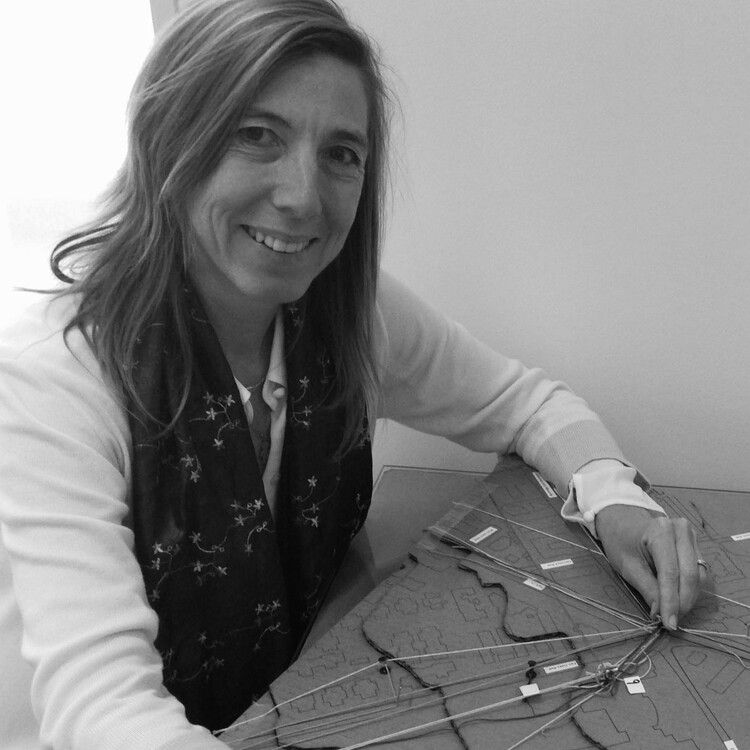
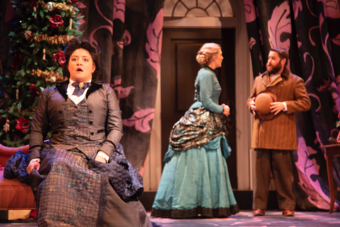


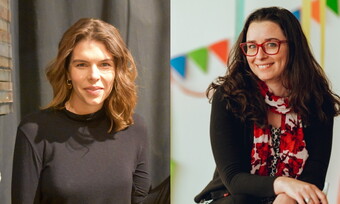
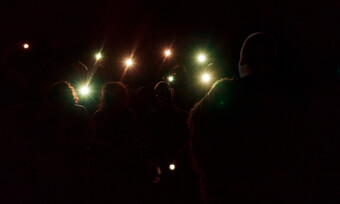

Comments
The article is just the start of the conversation—we want to know what you think about this subject, too! HowlRound is a space for knowledge-sharing, and we welcome spirited, thoughtful, and on-topic dialogue. Find our full comments policy here
Jessie, I found this fascinating, as my undergrad degree is in urban sociology, and I intended to be an urban planner. I loved studying how environment affects behavior. I have always thought that theatre design, architecture, and planning were related, but not in the way people usually think...that is, I am not an interior designer! I am anticipating use of the space as it is observed as part of creating meaning for a story or idea. Brilliant that you are able to work in so many related spheres that speak to each other.